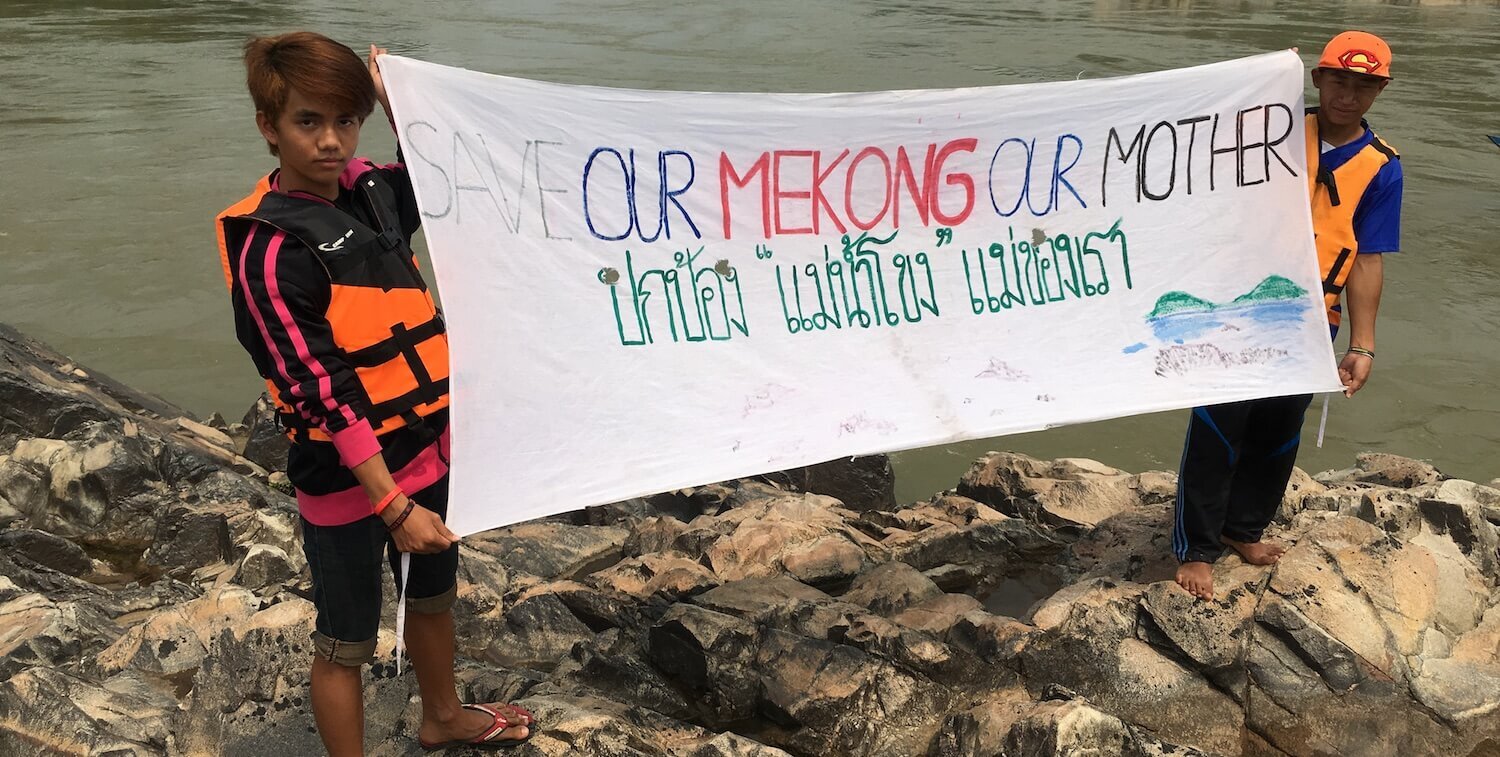
"Nature Conservation Is a Daily Battle"
Interview with CEPF Executive Director Olivier Langrand
21 February 2019
Executive Director Olivier Langrand was recently interviewed in French by donor l’Agence Française de Développement about CEPF and biodiversity conservation. The English translation is below.
Olivier Langrand is the executive director of the Critical Ecosystem Partnership Fund (CEPF), an organization that has been supporting civil society organizations for 20 years in safeguarding areas of the planet where biodiversity is most threatened. For AFD, he discusses here in detail the means implemented to conserve these "hotspots" spread all around the planet.
In what context and for what purpose was CEPF created?
Olivier Langrand: CEPF was created eighteen years ago under the leadership of World Bank President James Wolfensohn, and Conservation International (CI) CEO Peter Seligmann. Their idea was to develop a structure capable of strengthening, through financial and administrative support, civil society stakeholders engaged in the conservation of biodiversity hotspots.

The first scientific definition of a “hotspot” comes from Norman Myers, a British biodiversity researcher who, in 1988, identifies these global "hotspots" where a very high concentration of biodiversity is associated with a very high degree of threat and degradation (about 70 percent of the original area degraded).
Today there are 36 hotspots identified on the planet. Among these is Madagascar, where only 16 percent of the original vegetation remains. These global hotspots are experiencing a uniquely critical situation in terms of biodiversity, with an extremely advanced degree of degradation.
Concretely, how do you support these civil society organizations on a daily basis?
We offer a combination of financial, administrative and technical support. When a civil society organization approaches us with a project idea, we assess its feasibility and we support it all along the way from development to implementation. This support meets a real need because, often, these organizations are very technically competent but they do not have the financial capacity to grow. To access private or institutional donors, one must already have a solid and well-established structure; it is our role to provide them with support during this growth and consolidation phase. It is a rather unique support mechanism but it is crucially important.
We also give them the capacity to ramp up their impact and to build more complex and broader partnerships. AFD understood this very well and decided to invest 19.5 million euros in our fund between 2008 and 2012. A new agreement worth 6 million euros was signed in September 2018 focused on two hotspots in particular: Madagascar and the Indian Ocean Islands, and the Guinean Forests of West Africa.
What is your assessment as you're getting close to celebrating your 20-year anniversary?
In almost two decades, we have invested US$232 million in the projects of 2,300 partners. To give you a sense of scale, this represents about 14.8 million hectares of newly created protected areas and 8.1 million hectares of production landscapes within which biodiversity is conserved.
From a more technical point of view, I would say that the biggest contribution of our approach is to have confirmed a simple intuition: The field of biodiversity is closely linked to rural development. As a result, our work has not had a positive impact on biodiversity alone: It has also significantly improved human well-being and the living conditions of communities in these hotspots.

Let's take an example: In Cambodia, we provided funding and support to a project for the conservation of the sarus crane, the white-shouldered ibis and the giant ibis in an area where they were seriously threatened by industrial rice growing. In order for the population to understand that it is in their best interest to preserve the living environment of these species, a rice brand (Ibis Rice) was developed and produced organically, in a way perfectly suitable to the conservation of these species.
It is estimated that the development of this brand has allowed farmers to multiply their income by two and a half, or even three, by supplying the major tourist sites of Cambodia, where this type of rice is in high demand. The success of this initiative in Cambodia shows that, in a given territory, we should not consider biodiversity conservation in isolation, we should instead broaden our gaze and always take into account the economic context and the specific human needs.
To what extent is your approach replicable from project to project?
It depends on the projects. Some seek to address very specific issues and are not good candidates for replication. Other projects can be successfully replicated. In Ecuador, for example, we contributed to the financing of a conservation and reforestation project in forested areas based on a payment scheme for ecosystem services provided by the local communities. The project worked so well that it was taken over by the government under the name of Programa Socio Bosque.
Are you optimistic for the future?
Honestly, yes. Progress is undeniable, although it is unfortunate that we must always reach a critical point in order to trigger a reaction. We should be in prevention mode, not in repair mode. If I have a message to convey, it is this: Let's invest ahead of crises; the worst thing I could wish for is for the Congo basin, Papua or the Amazon basin to end up becoming a hotspot because we failed to make the necessary investments to avoid a crisis situation.
This is why we must not only continue our conservation work in hotspots but also take a look at these large, still intact natural areas before their natural habitats become too degraded and fragmented.
What's very encouraging is that the understanding of the stakes of biodiversity conservation is now very widely shared, which was not the case 10 years ago. Biodiversity is now integrated and taken into account by a much broader range of operators.